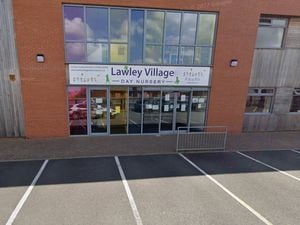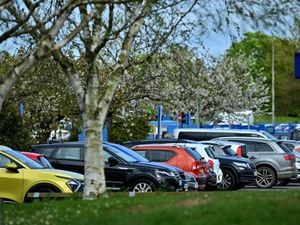Church spotlight: St Michael's Church in Alberbury
The Magna Carta is considered by many to be the very bedrock of British democracy, a piece of parchment on which our very civilisation is based.
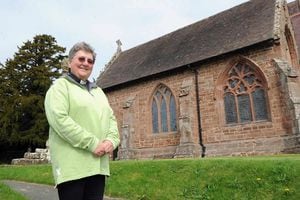
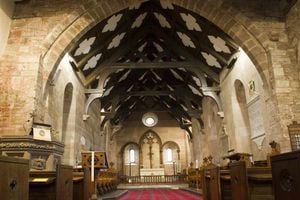
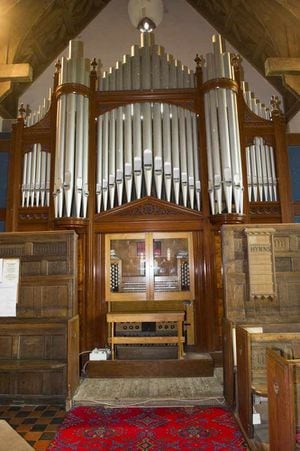
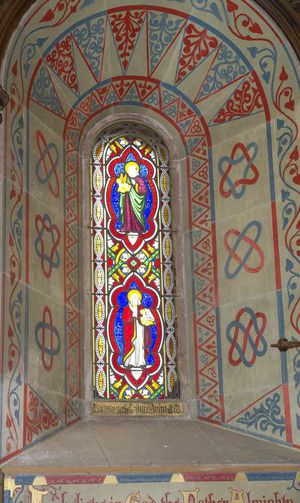
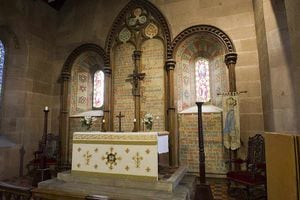
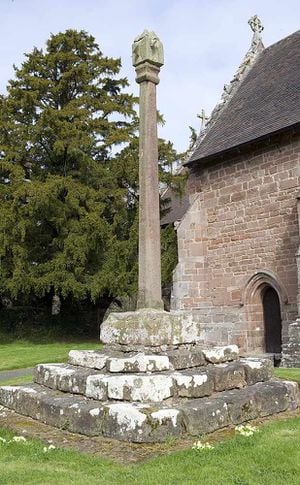
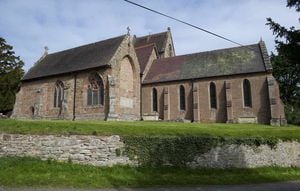

And right at the centre of the rebellion which led to the charter, which is 800 years old this summer, was the maverick baron Fouke Fitz Waryn III, who is buried in the border village of Alberbury.
For such a small village, Alberbury, nine miles west of Shrewsbury, has a pretty rich and colourful history. And King John's battles with Fitz Waryn – and the wider population of Shropshire – will be celebrated in a series of activities at the village church, St Michael and All Angels, which has close ties to the rebel baron.
Fitz Waryn fell out with the King after he was denied his rightful inheritance of Whittington Castle in 1197, and peaceful relations with the Crown were only restored on the signing of the Magna Carta in 1215.

Date founded: c600-900, reconsecrated 1290
Capacity: around 200 (seated)
Service times: first Sunday of each month, 11am community worship; second Sunday 8.15am Holy Communion; fourth Sunday 9.30am Parish Communion
A cross made from an aeroplane propeller is displayed in memory of John Leighton, a First World War pilot and uncle of Sir Michael Leighton, who was awarded the Military Cross.[/breakout]
It is St Michael's rich history, its proximity to the ruined Alberbury Castle, and imposing architecture that makes it a popular draw with visitors, says rector the Rev Val Tait, who arrived in Alberbury nine years ago.
"We do get a lot of visitors," she says. "It's big and it's beautiful. For such a small village, it is a very big church. We have some very interesting monuments, and a lot of people come to see them."
St Michael's is thought to have been founded between the 7th and 10th century, and before the Norman invasion it was a minster church. In the mid-12th century it was given Shrewsbury Abbey, but was later assigned to Alberbury Priory.
It was reconsecrated in 1290, following the cessation of a long-running series of Welsh border disputes.
Miss Tait, who worked as a nurse before entering the clergy, says there church has many superb features, not least the unusual saddleback tower, dating back to around 1200, and the Loton Chapel, which contains a pre-Raphaelite window by Burne Jones.
"A wonderful feature of the church is the roof of the nave," says Miss Tait, describing the eye-catching structure made up of collar beams on arched braces.
"It was described by the historian Nikolaus Pevsner as the 'finest example of a late medieval roof in all Shropshire'."
The church features monuments to two separate Sir Richard Lysters, who formed part of a powerful political dynasty in the county over several centuries. The one monument, to the Sir Richard who was one of Shropshire's two MPs from 1740 to 1766, features a seated cherub next to a pole with a hat on it: this refers to an incident when Sir Richard opposed a decision made in the House of Commons, and kept his hat on in protest.
The south aisle of the church, which was built around 1330, is divided from the nave by an arcade of three bays.
Miss Tait says the church has very strong links to the farming community in the area, and while the normal congregation is around 20, the funeral of a local farmer can see several hundred packed into the church.
To mark the 800th anniversary of the Magna Carta, Canon Chris Pullin, from Hereford Cathedral, will start things off at 7pm on May 10 with a talk about the role of The Marches in events leading up to the signing of the document at Runnymede.
Villager Kay Rickard says: "Chris will detail some of the dreadful crimes carried out in Shropshire in the name of King John.
"He will also talk about Hereford Cathedral's own 1217 version of the famous document and how it differs from the original."
For the more energetic, the six-mile, guided Alberbury Heritage Walk will take place on June 28, and will take in a number of locations which had some local significance in 1215, including two of the castles that guarded The Marches and the site of the former White Abbey, one of just three English Grandmontine monasteries and the final resting place of Fitz Waryn.
The church will also host a play by Andy Neal on June 18 at 7.30pm, and it will then be repeated at the same time the following night in Sunflower Hall, Loton Park.
Mr Neal says: "The play is really a story for voices which deals in the first instance with the various national grievances which culminated in Magna Carta and thus set the foundations for our democracies.
"I then move on to a re-telling of 'The Romance of Fouke Fitz Waryn'. I concentrate on Fouke III, who is directly connected with Alberbury."

